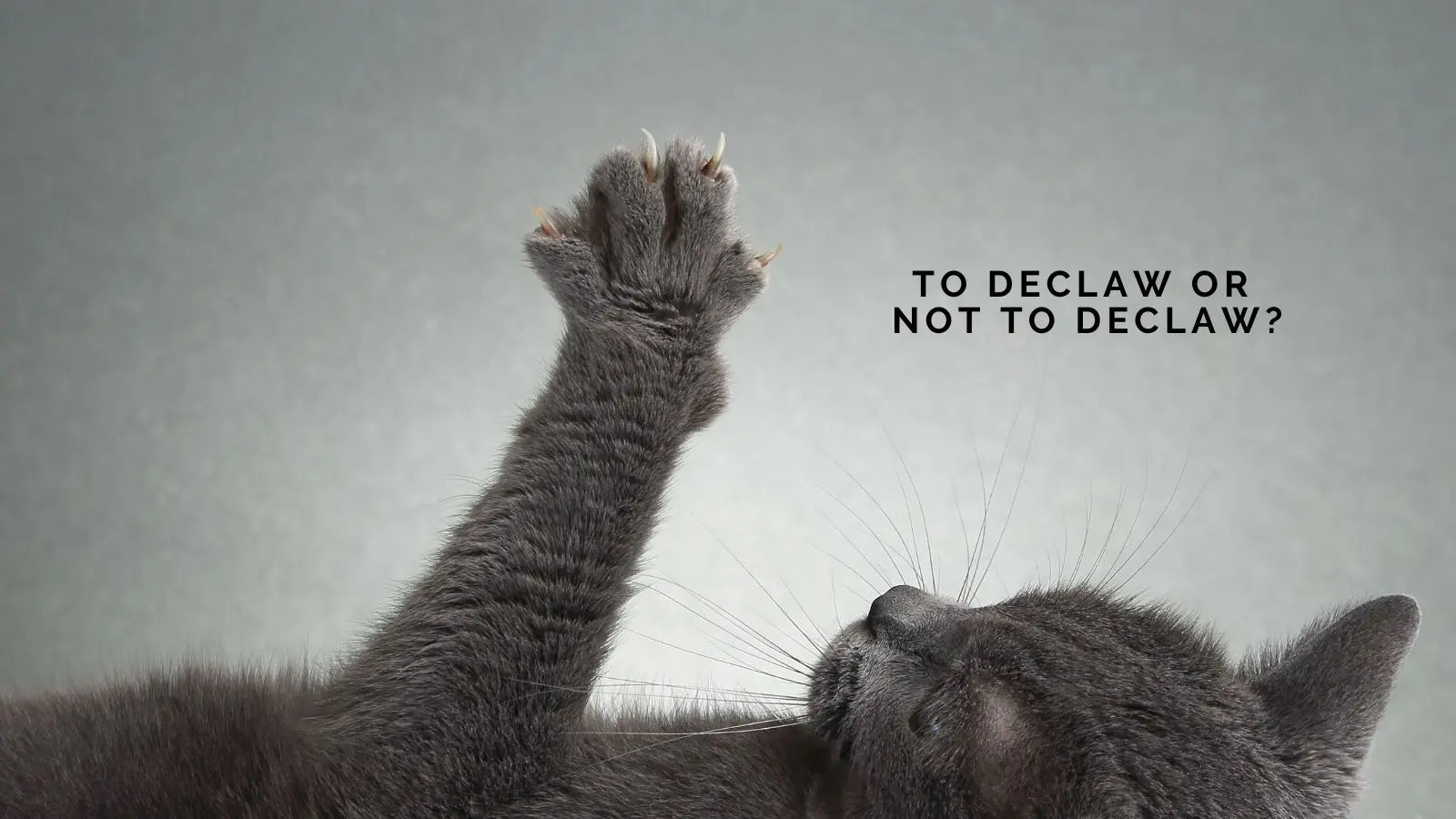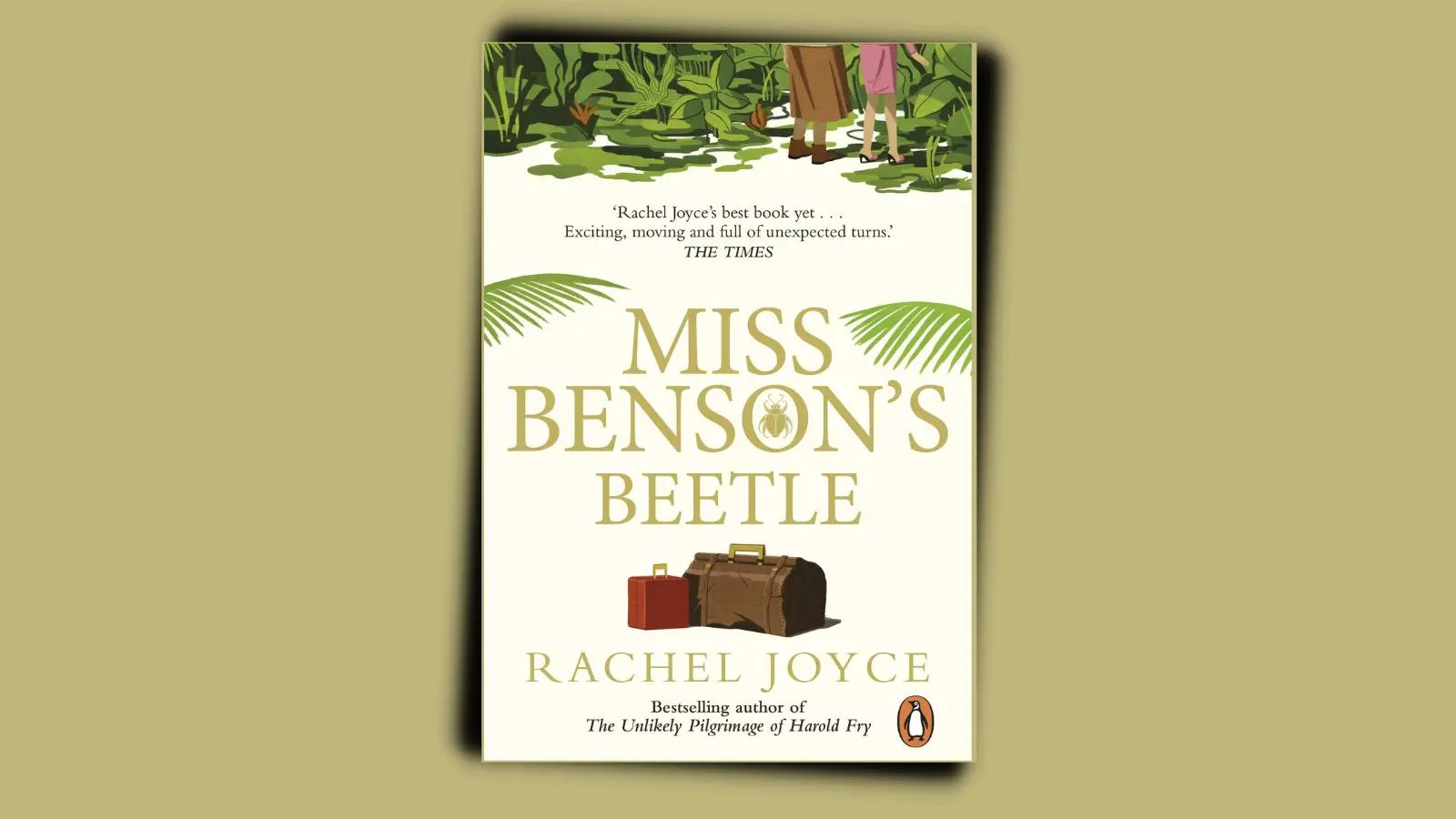
Let’s be real, fellow cat lovers, nothing tests your love for your feline overlord quite like the moment they gleefully turn your brand new couch into their personal scratching post. You gasp, they purr. You redirect them. They act like you’ve offended their ancestors. It’s a dance as old as time.
That’s often when the dreaded word floats into the room: declawing.
But hold up. Before we reach for the vet’s number or consult “Dr. Google,” let’s take a breath and really dig into what declawing is, why it’s so controversial, and — most importantly — what’s truly best for our whiskered companions.
What Exactly Is Declawing?
Contrary to what many assume, declawing isn’t just a fancy nail trim or kitty manicure. It’s a surgical procedure that removes not just the claws, but also the last bone of each toe — sort of like amputating your finger at the last knuckle. Yikes, right?
It’s usually done to stop cats from scratching furniture, people, or other pets. But the procedure has long-term effects that many cat parents may not realize until it’s too late.
So Why Is It Controversial?
Declawing is banned or considered inhumane in over 40 countries, including most of Europe. Even in many U.S. states, it’s becoming a hot-button issue, with veterinary associations speaking out against it.
Here’s why:
Pain & Behavioral Issues. After declawing, some cats experience chronic pain, limping, or nerve damage. Imagine trying to walk on tiptoes with sore feet, that’s what life can feel like post-declaw.
Even more concerning? Declawed cats often become more aggressive or anxious. Without claws to defend themselves, they may start biting or withdrawing altogether.
Litter Box Aversion. Scratching in litter can become painful after surgery, so some cats associate the box with discomfort and choose other… less ideal places. (Your laundry pile, for example.)
But What If My Cat is Ruining Everything?
We hear you. Some cats go full Edward Scissorhands on your home. But declawing isn’t the only option — and it’s definitely not the kindest one. Here are gentler alternatives that can save both your furniture and your relationship with your cat.
Paws-itively Better Alternatives to Declawing
Scratching Posts Galore. Cats need to scratch. It’s how they stretch, mark territory, and keep their claws healthy. Offer plenty of scratching posts in various textures — sisal, cardboard, carpet — and place them where your cat already likes to scratch.
Pro tip: Sprinkle a little catnip or use a feather toy to get them interested.
Nail Trims. A regular at-home paw-dicure can keep those claws in check. Start slow, reward with treats, and soon your cat might even (kind of) enjoy it.
Soft Claw Caps. These little vinyl covers slip over your cat’s claws and are safe, painless, and come in adorable colors. It’s like press-on nails for cats — only far more functional.
Positive Redirection. When you catch your cat mid-scratch, gently redirect them to a scratching post. Praise and treats go a long way. No yelling — cats don’t understand punishment; they just get stressed and confused.
I get it. Every cat (and every human) is different. Maybe you live with someone who has a compromised immune system. Maybe your cat has behavior issues that feel impossible to manage.
In rare medical cases — say, if a claw is injured or infected beyond repair — a partial declaw may be medically necessary. But that’s for your trusted vet to determine — and only as a last resort.
Let’s Keep Kitty's Best Interests at Heart
At the end of the day, loving a cat means accepting the whole package: the cuddles, the headbutts, the midnight zoomies… and yes, the scratching. But with a little patience and some creative solutions, your cat can keep their claws and your couch can stay intact.
Declawing might feel like an easy fix — but for your cat, it can be a lifelong challenge. And we know our fur babies deserve the best we can give.
So let’s spread the word, love our cats fiercely (claws and all), and remember: a scratched couch can be replaced. A cat’s well-being? Not so much.



















